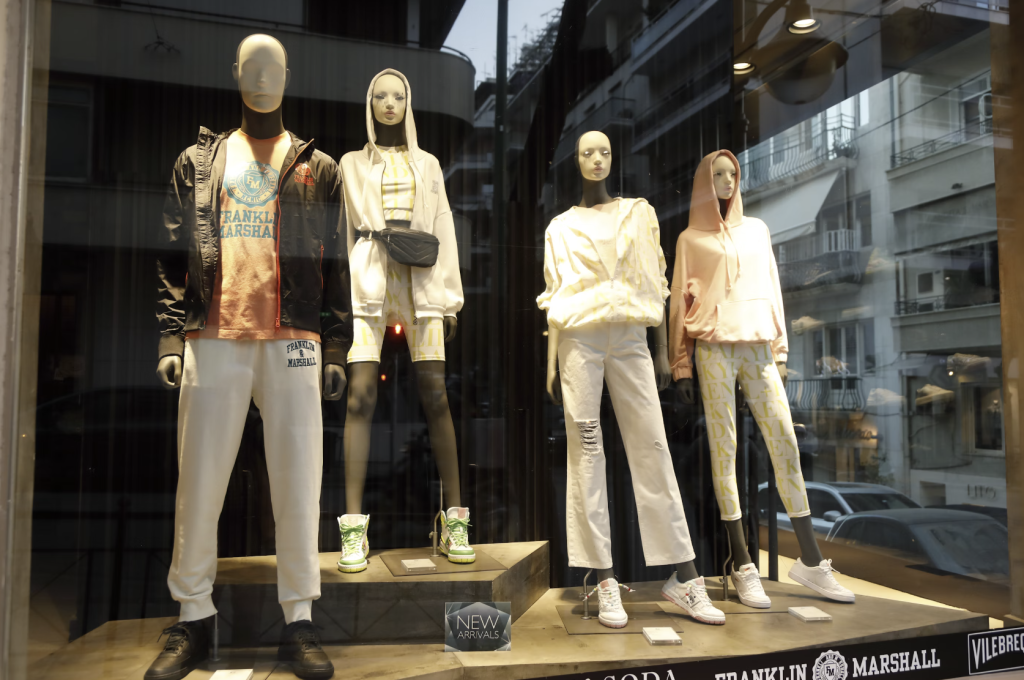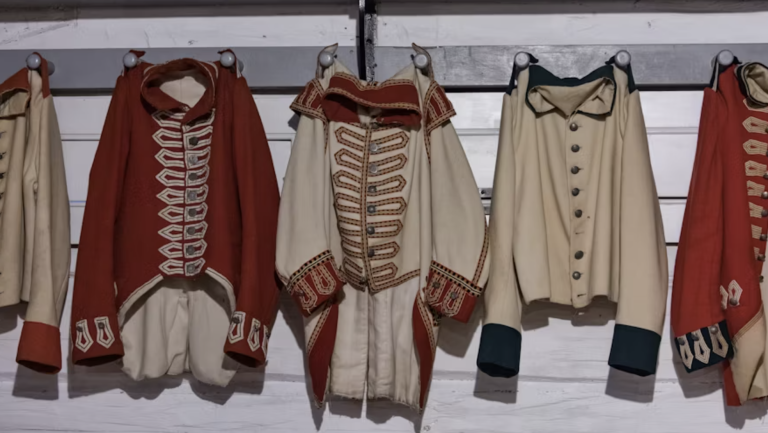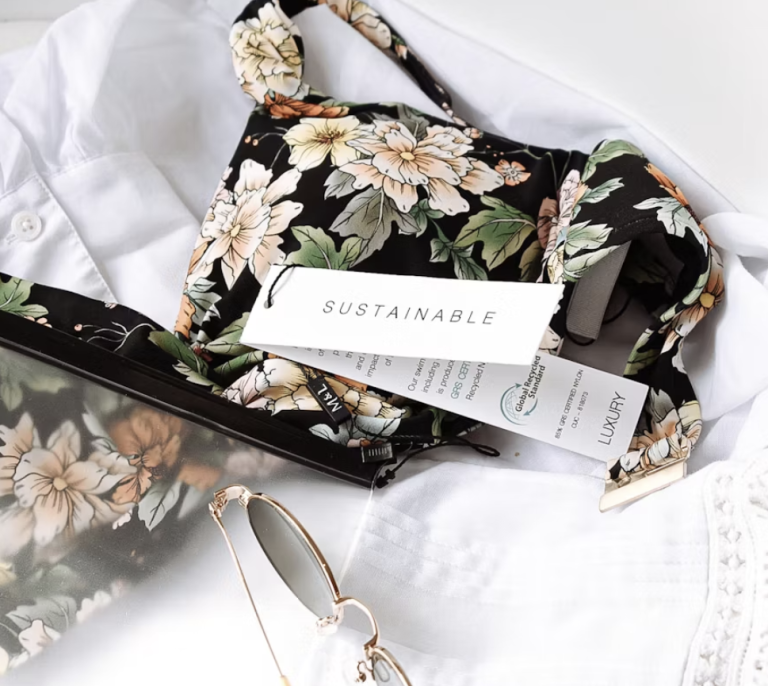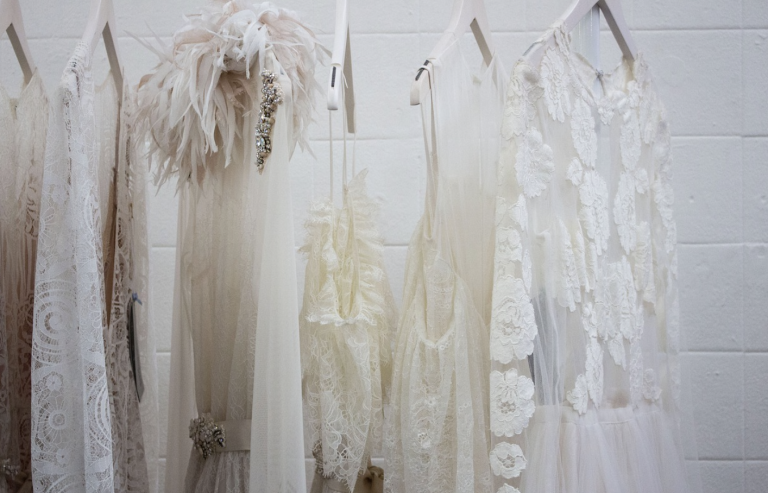
In today’s globalized world, fashion is a reflection of diverse cultures, beliefs, and histories. Yet, the rapid blending of cultures can sometimes lead to sensitive issues surrounding cultural appropriation. While some see it as a form of appreciation, others view it as exploitation. Where do we draw the line between cultural appropriation and cultural appreciation in fashion? This article will delve into this complex issue, analyzing the key differences and offering insight into how fashion brands, designers, and consumers can navigate this challenging terrain.
Introduction: Understanding the Fine Line
Fashion has long been influenced by cultural exchange, whether through trade, travel, or artistic expression. However, with the rise of global fashion brands and the spread of cultural symbols, questions about cultural ownership and respect have become more prominent. Cultural appropriation and cultural appreciation are terms frequently used in these discussions, but their meanings and implications can often be misunderstood. As these concepts intersect in the world of fashion, it’s crucial to understand the nuances that separate them.
Defining Cultural Appropriation in Fashion
What is Cultural Appropriation?
Cultural appropriation occurs when elements of a marginalized or minority culture are used by individuals or groups who belong to a dominant culture, often without permission, acknowledgment, or respect for their original significance. In fashion, this could include wearing traditional garments, accessories, or symbols that have cultural, spiritual, or historical significance, without understanding or respecting their origins.
Historical Context and Its Impact on Marginalized Cultures
Cultural appropriation has deep historical roots, particularly tied to colonialism and the exploitation of indigenous cultures. For centuries, dominant cultures have borrowed or taken from marginalized communities for their own gain, often misrepresenting or distorting these elements. In the fashion industry, this has led to a commodification of cultural symbols without any acknowledgment of their significance or the communities they represent.
Examples of Cultural Appropriation in Fashion
Numerous instances in fashion history have sparked debate over cultural appropriation. For example, when high-fashion designers like Jean-Paul Gaultier and Dolce & Gabbana incorporate elements of African, Native American, or Asian cultures into their collections without consulting or collaborating with the cultures they are borrowing from, it can be seen as disrespectful. The use of sacred items like feathered headdresses or bindis as fashion accessories is another example that has drawn criticism.
How Cultural Appropriation Manifests in Fashion
Misrepresentation and Stereotyping
When designers incorporate cultural elements into their collections, they often fail to consider the broader context of those elements. This can lead to misrepresentation and stereotyping, turning deep cultural symbols into trivial, decorative pieces. For example, Native American headdresses, which are traditionally worn in ceremonies by tribal leaders, are often used in fashion as an accessory without understanding their spiritual or cultural significance.
Profit Without Permission
A major aspect of cultural appropriation is the profit-driven exploitation of cultural symbols. When fashion brands take designs, textiles, or cultural motifs from marginalized groups without compensating or crediting them, it perpetuates a system of exploitation. Often, these brands reap the financial rewards of popularizing a cultural symbol while the original culture receives no recognition or financial benefit.
Lack of Acknowledgment or Respect for the Origins
Another common issue in cultural appropriation is the failure to acknowledge the culture from which a particular item or style originates. In fashion, this is evident when designers showcase cultural items as if they are just another trend, without any respect for their cultural significance or the community from which they come.
Defining Cultural Appreciation in Fashion
What is Cultural Appreciation?
Cultural appreciation, on the other hand, involves a respectful engagement with a culture that goes beyond superficial trends. It’s about learning, understanding, and honoring the traditions and histories of that culture. In fashion, this means collaborating with members of the culture, giving credit where it’s due, and understanding the deeper meaning behind the designs or symbols being used.
Key Differences Between Appreciation and Appropriation
The key difference between appreciation and appropriation lies in intent and respect. While appropriation often involves using cultural elements for personal or financial gain without understanding or permission, appreciation involves a conscious effort to acknowledge and respect the culture from which the elements come. Appreciation also often involves collaboration and mutual benefit, while appropriation is a one-sided transaction.
The Role of Respectful Engagement
Cultural appreciation in fashion can be exemplified by collaborations with artisans or cultural consultants. This ensures that the designs are not only accurate but also respectful. For example, when designers collaborate with indigenous communities to incorporate traditional patterns or textiles into their collections, they are providing a platform for cultural exchange that benefits both parties.
How Cultural Appreciation Can Be Incorporated into Fashion
Collaborations with Artisans and Creators
One of the most effective ways to appreciate a culture through fashion is by working directly with artisans from that culture. Many fashion brands now collaborate with indigenous and local artisans to create collections that celebrate cultural heritage while providing fair compensation and recognition. This type of collaboration ensures that the culture is respected and that the artisans benefit from the fashion industry’s success.
Authentic Representation in Designs and Collections
When incorporating cultural elements, it’s essential for designers to do so authentically. This means understanding the symbolism and meaning behind the designs, rather than using them merely for aesthetic purposes. For example, incorporating traditional African prints or Japanese kimonos into a collection can be done in a way that celebrates their cultural richness and history, as long as there’s genuine understanding and acknowledgment of their origins.
The Importance of Cultural Understanding
Cultural appreciation requires a deep understanding of the history and significance of the elements being used. This can involve research, dialogue with cultural experts, and even immersion in the culture itself. By taking these steps, designers and brands can ensure that their fashion collections are not only stylish but also culturally informed and respectful.
The Fine Line Between Appropriation and Appreciation
Where Do We Draw the Line?
The line between cultural appropriation and appreciation can often be blurry, and it’s not always easy to distinguish one from the other. Many argue that if the use of cultural elements is done respectfully and with acknowledgment, it can be considered appreciation. However, when cultural elements are used without understanding, acknowledgment, or permission, it veers into appropriation.
Examples of Fashion Items That Have Sparked Debate
Items like the Mexican sombrero, African tribal jewelry, or the Indian sari have often been used in Western fashion collections. These items, while iconic, carry deep cultural and spiritual meanings. When used in a fashion context without recognition of their history, they can be seen as appropriative.
The Role of Intention and Context
Ultimately, the intention behind using cultural elements and the context in which they are used play significant roles in determining whether something is appropriation or appreciation. If a designer’s intention is to genuinely celebrate and elevate a culture, it’s more likely to be seen as appreciation. However, if the intention is merely to capitalize on a trend, it risks being seen as appropriation.

The Role of Fashion Brands and Designers
How Brands Can Avoid Appropriation
Fashion brands can avoid cultural appropriation by ensuring that they understand the cultural significance of the items they incorporate into their designs. This can involve collaborating with cultural experts, designers, and communities, and ensuring that cultural elements are used respectfully.
Ethical Sourcing and Design Processes
Brands can also practice ethical sourcing by working with local artisans and communities to create authentic collections. This ensures that the cultural elements are represented accurately and that the communities involved benefit economically.
The Importance of Diversity and Inclusion Within the Industry
Promoting diversity and inclusion within the fashion industry can help ensure that cultural elements are approached with respect and sensitivity. Brands that are diverse and inclusive are more likely to recognize and address cultural concerns.

The Impact of Social Media and Public Opinion
The Role of Social Platforms in Influencing Fashion Trends
Social media has played a huge role in shaping public opinion on cultural appropriation. Platforms like Instagram and Twitter allow consumers to voice their opinions, and viral posts can lead to significant backlash against fashion brands accused of appropriation.
Cancel Culture and Its Effect on Fashion Brands
“Cancel culture” has become a powerful force in the fashion world, with public backlash against brands accused of cultural appropriation. This can lead to damaged reputations and lost sales, forcing brands to reconsider how they approach cultural elements in their designs.
How Public Backlash Shapes Fashion Ethics
The public’s sensitivity to cultural appropriation has pushed fashion brands to be more ethical in their approach to design. Many brands are now more conscious of cultural significance and are taking steps to ensure that they avoid appropriation in favor of appreciation.

Case Studies of Controversies in Fashion
High-Profile Incidents of Cultural Appropriation in Fashion
One of the most famous controversies occurred when designer Valentino released a collection featuring African-inspired prints without consulting African artists or communities. The backlash was swift, with many accusing the brand of cultural appropriation.
How These Controversies Have Shaped Brand Reputations
In some cases, such controversies have led to a shift in brand practices. Brands that were previously accused of appropriation have since embraced more inclusive and culturally respectful design processes, showcasing how public pressure can drive positive change.
The Shift Towards More Inclusive and Respectful Fashion
As awareness of cultural appropriation grows, more fashion brands are beginning to prioritize inclusivity and respect in their designs. This includes hiring diverse designers, consulting with cultural experts, and collaborating with artisans from various communities.
How Consumers Can Contribute to Ethical Fashion
Educating Oneself About Cultural Significance
Consumers can play a crucial role in supporting ethical fashion by educating themselves about the cultural significance of the items they buy. Understanding the origins of a garment or accessory can help avoid purchasing items that may be appropriative.
Supporting Brands with a Positive Cultural Impact
Consumers can also support brands that work collaboratively with cultural communities and prioritize respect in their designs. By choosing brands that value cultural integrity, consumers can help foster a more ethical fashion industry.
Embracing Diversity in Fashion Choices
Lastly, consumers can embrace diversity in their fashion choices by celebrating styles and designs from different cultures in a way that acknowledges and respects their origins. By doing so, they can help shift the fashion industry towards greater appreciation and away from appropriation.
Conclusion: Moving Towards a Respectful Fashion Future
Cultural appropriation in fashion is a complex issue that requires ongoing dialogue and awareness. While the line between appropriation and appreciation may be fine, it’s clear that respect, education, and collaboration are essential in ensuring that fashion can be both inclusive and ethical. By acknowledging cultural significance, supporting ethical brands, and promoting authentic cultural exchange, we can move towards a fashion future that celebrates diversity and fosters mutual respect.
FAQs
What is the difference between cultural appropriation and cultural appreciation?
Cultural appropriation involves using elements from a marginalized culture without permission or respect, often for profit. Cultural appreciation, on the other hand, is a respectful engagement with another culture, typically through collaboration and understanding.
Can cultural appropriation ever be justified in fashion?
Cultural appropriation is rarely justifiable, as it often exploits marginalized cultures for personal gain without regard for their significance. However, cultural appreciation through collaboration and understanding can be positive.
How can fashion brands avoid accusations of cultural appropriation?
Brands can avoid cultural appropriation by collaborating with cultural communities, understanding the significance of the elements they use, and ensuring that they provide credit and compensation to the cultures involved.
Why do some fashion items spark debates over cultural appropriation?
Fashion items like headdresses, bindi accessories, or traditional garments often spark debates because they carry deep cultural significance. When used in fashion without understanding or respect, they can be seen as appropriative.
What can consumers do to support ethical fashion choices?
Consumers can educate themselves about cultural significance, support brands that respect cultural integrity, and make fashion choices that celebrate diversity while acknowledging the origins of the designs.







